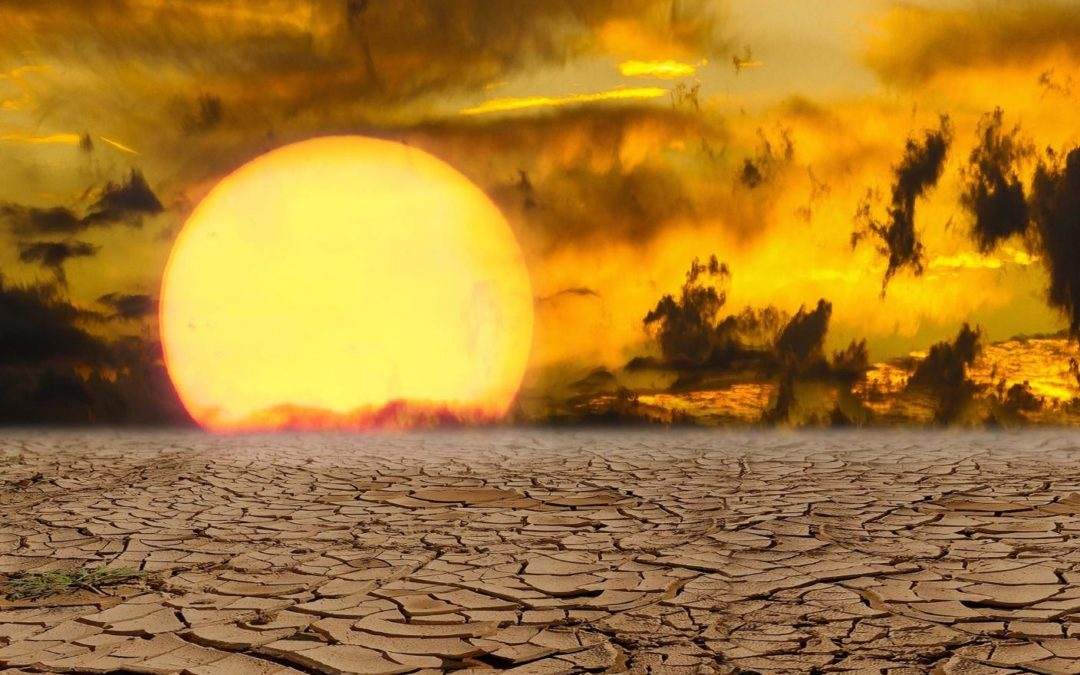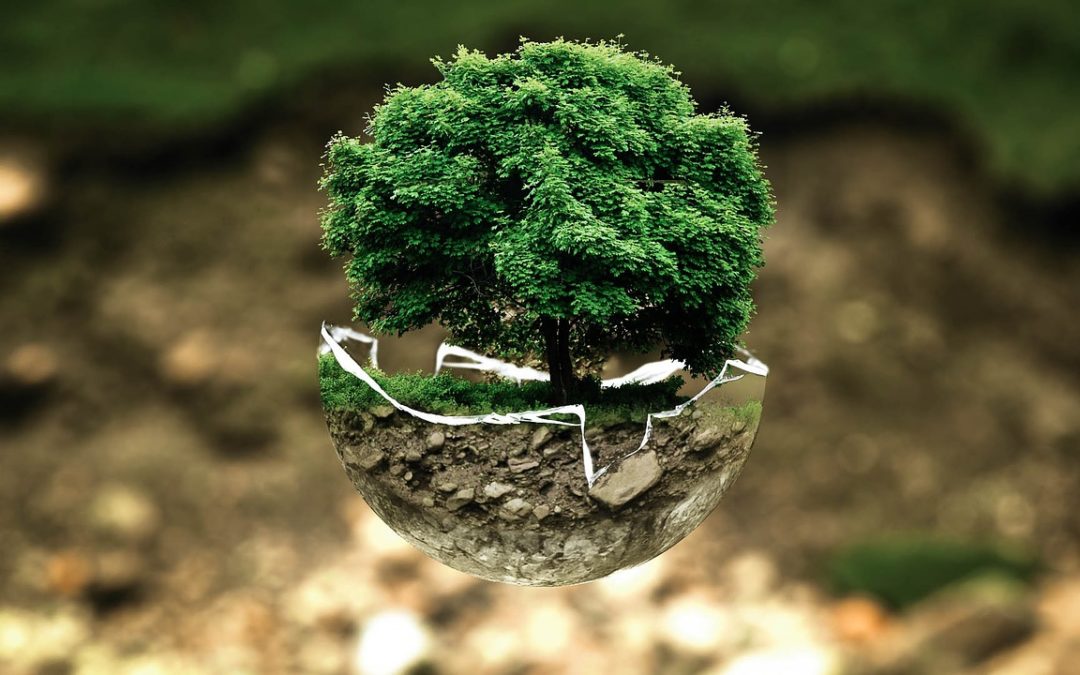
Climate Change in Africa: How Translation and Ecolinguistics Are Helping
Africa is the world’s hottest and second largest continent on Earth. Made up of 54 countries, there are approximately 1,000-2,000 different languages spoken across the continent. Africa has barely contributed towards climate change and yet it is one of the hardest hit by its effects. The impact of climate change in Africa Africa has experienced significant increases in temperatures and dramatic decreases in precipitation. Tropical storms have also been more frequent and more intense, as well as dust storms in June and July. Higher temperatures, drought, changing rainfall patterns; all these climate changes are already a reality and will only worsen if we don’t take action urgently. How translation is helping fight against climate change The main reason for climate change is the burning of fossil fuels. Other reasons are deforestation and farming. Indeed, all are causing the planet to heat up. But global warming is only one aspect of climate change. Human activities are directly responsible for climate change and people therefore play a pivotal role in its reversal. The population of Africa is currently 1,374,627,468. In some countries of Africa, the lack of adequate education and limited access to knowledge pose real widespread problems. Consequently, most people in Africa are not aware of environmental issues. In addition, in some of its countries, people don’t speak English or languages other than their own native language. Therefore, if a person can’t speak a certain language or isn’t aware of environmental issues, how could they understand the meaning of global warming or do anything against climate change? One of the best ways to help people in Africa address climate change...

















